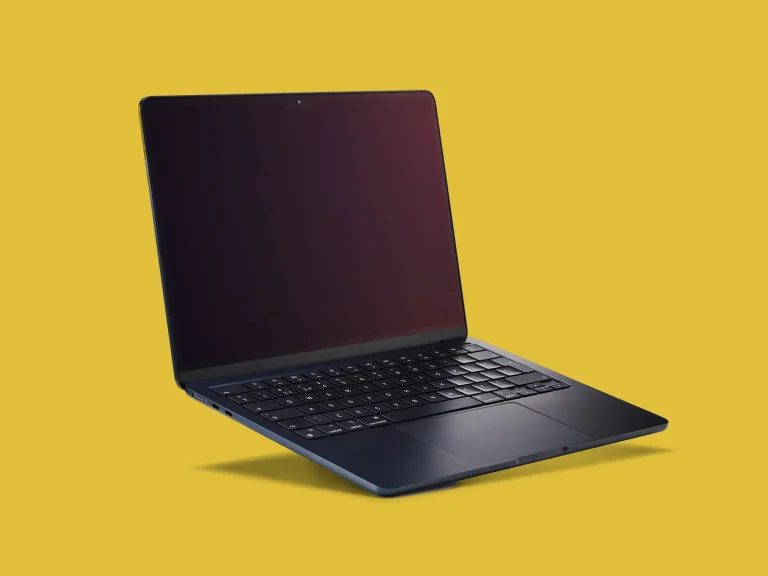Qualcomm spent the week in Maui talking about phones, but the subtext was a new air interface. The company is now publicly anchoring 6G “pre‑commercial” devices to 2028—a shot across the bow that the next cycle of wireless is no longer a decade‑out abstraction but a product roadmap with dates, demos, and a philosophy: bake AI into the network’s DNA, not as an add‑on, and treat connectivity as sensing, not just transport. The mood was pragmatic, almost workmanlike. Faster, yes. But also smarter, more perceptive, and stitched together by proofs, models, and digital twins.
Timeline and intent
CEO Cristiano Amon’s headline was crisp: Qualcomm will be ready with 6G in “pre‑commercial” devices as early as 2028—prototype class hardware to exercise the radios, antennas, and stacks that standards will eventually canonize. It’s not a consumer launch, but it’s a clock start, and it interacts with IMT‑2030’s global cadence by forcing silicon, spectrum, and operator planning into the same room sooner. The language was deliberate: edge‑to‑cloud, context‑aware, and an “intelligent network” that perceives as much as it transmits.
The 6G blueprint, in practice
- Spectrum and antennas: Scale massive MIMO into “Giga‑MIMO,” pushing dense arrays into upper‑mid bands (6–8 GHz) while refreshing lower‑band designs to carry more data per hertz. The goal is capacity without losing reach, and reuse of existing sites as operators climb frequencies.
- NTN as first‑class: Standardize the handshake between terrestrial and non‑terrestrial networks so coverage feels ubiquitous—drones, satellites, and towers speaking the same radio language for seamless service.
- Integrated sensing: Make the waveform do double duty—positioning, ranging, and RF‑sensing baked in—so the network can “see” drones, map spaces, and provide situational awareness natively. That unlocks safety use cases and new services beyond throughput.
- AI‑native RAN: Move from “AI on top” to “AI in spec.” Use models for channel feedback, beamforming, scheduling, security, and closed‑loop optimization. Qualcomm’s own network digital twin is already training these behaviors before they hit live air.
Why AI changes the radio
The pitch isn’t just “more speed.” It’s that AI makes the network adaptive—learning the environment, anticipating traffic, and trading off power, latency, and reliability differently, per session. Qualcomm’s line was blunt: 6G as connective tissue for agentic AI, with devices and wearables acting as hubs distributing compute and context. That demands new NPUs at the edge and an air interface that expects inference in the loop, not only at the cloud.
What standardization and silicon are signaling
Standardization workshops are underway; Qualcomm says it’s steering contributions in AI‑native features, sustainability levers, and “ubiquitous connectivity” that spans NTN and terrestrial. On silicon, the company is using 5G Advanced as a staging ground—new modem‑RF parts, O‑RAN platforms, and a digital‑twin‑driven lab to harden ideas before they meet spectrum regulators and operators’ CAPEX spreadsheets. In other words: prototype now, codify later.
Caveats: the hype won’t mention
- “Pre‑commercial” is not a phone in a pocket. It’s a signal that vendors are ready to test at scale while standards gel—consumer timelines still point past 2030.
- Spectrum politics matter. Upper‑mid band availability, satellite coordination, and national strategies will shape rollouts as much as silicon does.
- Ops reality bites. HBM supply chains and power/cooling envelopes for dense radios are non‑trivial; the edge AI that 6G imagines needs real‑world budgets and concrete plans.
The feel on the ground
Walk through Qualcomm’s demos and the sensory cues are there: phased arrays ticking through beam patterns; a digital twin rendering a city block’s RF in photorealistic silence; a console where an AI scheduler nudges latency down a hair while power drops a notch, like a sound engineer riding levels. It’s less fireworks and more faders—fine control, learned over time, codified into silicon.
If 5G was about broadband everywhere, 6G—at least in Qualcomm’s telling—is about perception and intent riding on top of that pipe. The company just put a date on the first test gear and a thesis on the table: networks that know where they are, what they’re serving, and how to help devices think on the move. The rest is standards, spectrum, and stubborn engineering. The drumbeat has started. Now the marching begins.







